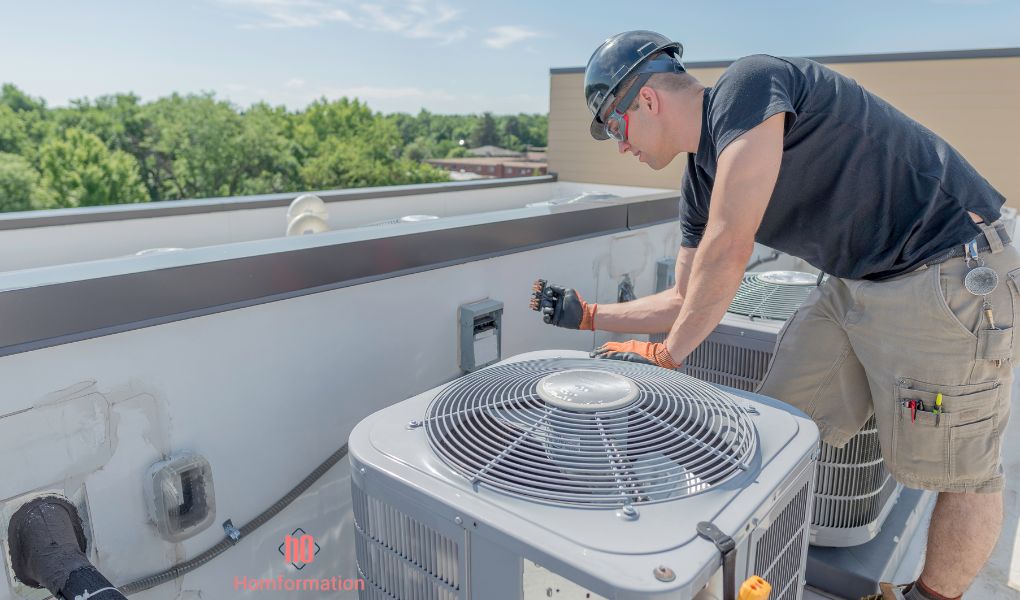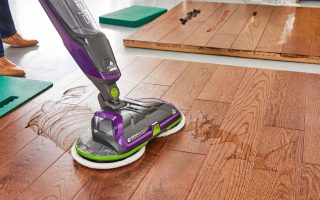The cleaning sector, which was formerly characterized by human labor and conventional techniques, is going through a significant change. The delivery of cleaning services is changing as a result of technological improvements; they are now more effective, efficient, and sustainable. An age of increased cleanliness is being ushered in by technology, which is enabling smart cleaning products and data-driven insights. The cleaning sector is set to witness a degree of creativity and efficiency that has never existed as we head toward a future in which automation and AI will play bigger roles. The following are some examples of how technology is changing the cleaning sector:
Smart Cleaning Equipment
The days of wiping and cleaning by hand are long gone. Artificial intelligence (AI) and sensor-equipped smart cleaning products are automating processes and enhancing cleaning results. For example, robotic vacuums are able to clean floors and move past obstructions precisely. High-pressure steam cleaners are perfect for healthcare institutions and food processing businesses because they can sterilize surfaces without the use of harsh chemicals.
Integration of the Internet of Things (IoT)
IoT devices are providing continuous control and monitoring by linking cleaning facilities and equipment to the internet. Humidity, temperature, and air quality are just a few of the variables that sensors can monitor to improve cleaning schedules and guarantee ideal conditions. IoT-enabled cleaning products may also give organizations information on energy usage, maintenance requirements, and equipment usage, which can lower costs and increase sustainability.
Management Systems in the Cloud
Cleaning firms’ operations are becoming more efficient thanks to cloud-based management solutions. Scheduling, allocation of resources, managing clients, and inventory monitoring are all made possible by these systems. For instance, if you live in Texas, you may see cleaning services in Austin Texas, which may save paperwork, increase communication, and boost overall productivity by automating their procedures. Furthermore, cloud-based solutions can offer insightful data that can be used to enhance operations and pinpoint areas for development.
Cleaning Service Mobile Apps
Customers are finding it simpler to manage their accounts and schedule cleaning services thanks to mobile applications. Via the app, clients may pay for services, monitor service histories, and schedule cleanings. Mobile applications give cleaning firms an easy method to interact with clients, advertise their services, and get insightful client feedback.
Cleaning with Artificial Intelligence (AI)
AI is being utilized to increase productivity and optimize cleaning schedules. AI systems, for instance, may evaluate cleaning data to pinpoint problem areas, enhance schedules for cleaning, and even forecast the need for equipment repair. AI-driven chatbots may also assist customers and respond to frequently asked queries, freeing up humans to work on more difficult jobs.
Eco-Friendly Cleaning Methods
The widespread utilization of green cleaning procedures is being driven by technology. For example, there are improvements in cleaners that are environmentally friendly, work well, and don’t damage the environment as much. Technology may also be used to optimize cleaning schedules and minimize waste in cleaning procedures by employing energy-efficient equipment and monitoring energy use.
Using Augmented Reality (AR) to Train
Cleaning personnel are being trained on new tools, processes, and safety guidelines through the use of AR. AR can make sure that staff members have the most recent information and skills, enhance employee performance, and lower the chance of accidents by offering immersive training experiences.
Analyzing Data for Understanding
Data analytics might offer insightful information about cleaning procedures. Cleaning organizations may find patterns, allocate resources optimally, and enhance overall performance by examining data gathered from sensors, cleaning products, and management systems. Data analytics, for instance, may be used to analyze equipment performance, detect heavy traffic or contaminated regions, and determine the best cleaning techniques for various surfaces.
Virtual Reality (VR) in Relationship Management
Before the cleaning service is finished, clients can take a virtual peek at their cleaned property thanks to virtual reality. Customers’ confidence in the cleaning firm might grow as a consequence of being able to see the finished product. Virtual reality (VR) may also be used to teach cleaning personnel by mimicking real-world situations and letting them hone their abilities in a secure setting.
Conclusion
The cleaning industry has a promising future since there is room for even more technological breakthroughs to lead to improvements. Cleaning companies may improve their operations and help create a cleaner and more healthy environment for everyone by adopting these advances. Looking ahead, it’s certain that advancements in technology will continue to be a major factor in determining how the cleaning sector develops, spurring advancement and innovation.




